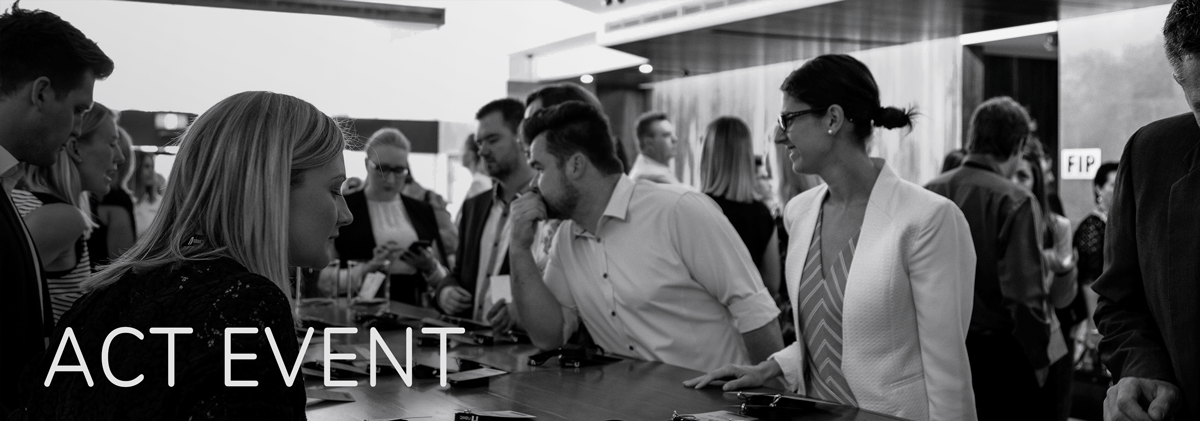NAWIC NATIONAL | Message from the Chair
Dear NAWIC Members,
We are well and truly counting down to the end of the calendar year. In the tradition of the pre-Christmas period, we’re finalising deals and settlements, wrapping up projects, finishing home renovations and writing end of year reports before everyone disappears for the shutdown – if you’re lucky enough to have one.
Before we hit the silly season, we wanted to take the time to discuss one of the issues which is at the heart of NAWIC’s core business and existence. This week, the Workplace Gender Equality Agency released its report card for 2019. The messages were, in my view, dismal for our industry. We are not “A” students; we’re solidly, disappointingly “C+” and B-” in the subjects of the gender pay gap and numbers of women in construction. Admittedly, there has been some movement in the right direction and the 2.3% improvement of the gender pay gap in construction is significantly higher than the average across all industries of just 0.5%. However, we’re moving from 24.3% to 22%; let’s not get too big for our boots because we don’t have all that much to crow about.
Likewise for the numbers of women at the decision-making end of the industry: 4.5% female CEOs, 13.6% women in key management positions and 10.1% female directors. Drilling down further into sub categories such as non-residential building construction, we’re, again, “C-“ students with a gender pay gap of 32.4%, only 1.8% female CEOs, 10.9% women in key management positions and 8% female directors, although there are more women employed in that sector at 20.4%. I encourage you to read the report and the numbers – if nothing else, it makes for a great resource for those of you who still find yourself having to explain the existence of the pay-gap. It is also a handy source of information to see how your own companies are performing! https://data.wgea.gov.au/industries/110.
The recent Ranstad Women in Construction report “Smashing through the Concrete Ceiling”( https://www.randstad.com.au/hr-news/employee-engagement/women-in-construction-smashing-through-the-concrete-wall/) reiterated statistics that, by now, we should all know too well; they are supported by our own stories. Over 38% of women interviewed felt that a lack of gender diversity was a contributing factor to leaving or being reluctant to enter our industry in the first place. An incredible 39% accredited the lack of female role models in senior positions as the key barrier to progression in the industry.
So why is the growth so small and the numbers of women in the industry only in the teens when we have demonstrable acknowledgement from companies and governments that they may need to do something? Natalie Galea, Abigail Powell, Martin Loosemore and Louise Chappell sought to answer this question in their study examination of why decades of equality initiatives have failed to bring about meaningful change in our industry, particularly in relation to the representation of women. They found that policies that don’t address the culture of our industry (long working hours included), that are low in the hierarchy of organisational priorities and that are enforced inconsistently (if at all) all mean that policies fall short in contributing to transformational change. 1
Recent commentary in the media suggests that there is an element of “gender diversity fatigue” amongst the leadership in the industry. A sense of “well, we have talked about that now, time to move on”. As Libby Lyons so succinctly put it:
“If someone said in a business ‘Oh I’m tired of talking about health & safety’ or ‘I’ve had enough of talking about increasing sales, we’ve done that’ everyone would be up in arms. It’s nonsense,” she says. “Gender equality is no different. We’re taking about half the population. We’re talking about improving the lives of all employees and their families – by providing better workplaces by addressing discrimination in workplaces against women and men.” As NAWIC members and stakeholders, we are dedicated to ensuring an equitable construction industry where women fully participate. Therefore, it is our collective responsibility to ensure that inequality, in all of its forms, is as much a part of workplace culture as safety.
The Victorian Government recently launched the Victoria’s Women in Construction Strategy 2019 – 2022 “Building Gender Equality” and announced its $500k commitment (over 3 years) to increasing the number of women working in the Victorian construction industry. Having not been involved in the consultation informing this commitment, NAWIC has intervened with recommendations that would see government work more closely with NAWIC and draw on our 25 years’ experience advocating for women who work – and want to work – in construction. We invite you to get in touch if this work is of interest and if you’re keen to throw your own skills and experience into what we, your directors, perceive as an exciting new phase in our long history. In particular, we look forward to guiding the development of the initiatives that encourage more women to enter – and then stay – working and succeeding in this exciting industry.
“We will not solve gender inequality with a top down or bottom up approach. We need systematic change at every single level of every single organisation. Lets go!” (Libby Lyons)
Kristine Scheul Rebecca Dickson
Chair Director, Advocacy
___________________________________________
1 Natalie Galea, Abigail Powell, Martin Loosemore and Louise Chappell, ‘Designing robust and revisable policies for gender equality: lessons from the Australian construction industry’ (2015) 33 (5-6) Construction Management and Economics 375.
|













 Arts and Entertainment
Arts and Entertainment Business and Industry
Business and Industry Computer and Electronics
Computer and Electronics Games
Games Health
Health Internet and Telecom
Internet and Telecom Shopping
Shopping Sports
Sports Travel
Travel More
More